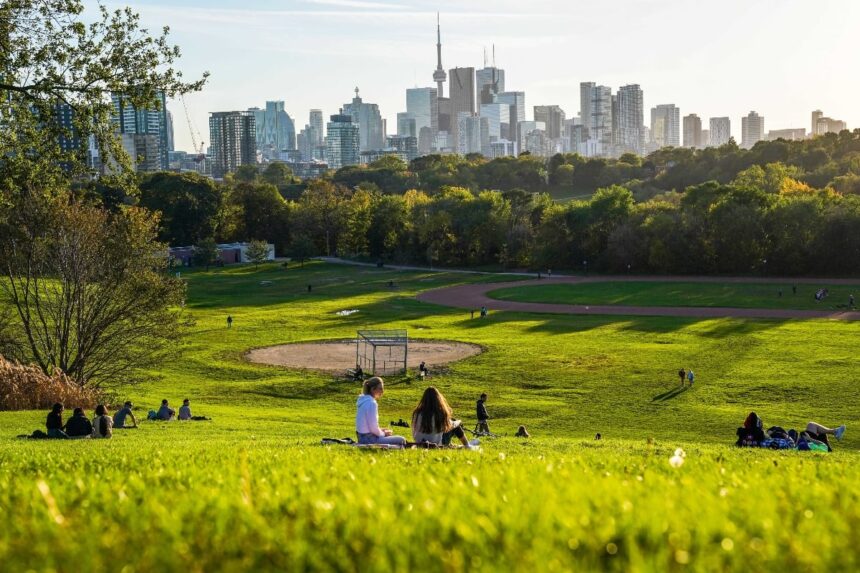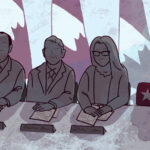As the summer heat intensifies across Toronto, so does frustration among local baseball leagues and casual players alike. I spent yesterday afternoon at Riverdale Park East, where what should have been a lively weekend tournament instead featured teams huddled in discussion at the edge of a field deemed unplayable due to extensive maintenance issues.
“We’ve been dealing with this all season,” explains Marcus Wong, president of the East Toronto Baseball Association. “Uneven infields, overgrown grass, and backstops with holes big enough to lose balls through. It’s becoming a safety concern, not just an inconvenience.”
The problem extends well beyond Riverdale. A city-wide assessment conducted this spring revealed that 68% of Toronto’s public baseball diamonds require significant maintenance—a startling increase from 42% just five years ago. The deterioration comes amid tightening city budgets and shifting priorities in parks maintenance allocations.
Toronto Parks, Forestry and Recreation officials acknowledge the growing backlog of maintenance issues. Department spokesperson Alisha Nembhard told me that current funding covers only about 35% of identified baseball field maintenance needs.
“We’re making difficult decisions about resource allocation across all recreational facilities,” Nembhard explained during our phone conversation. “Baseball diamonds, particularly those with lower utilization rates, have seen reduced maintenance schedules.”
This explanation offers little comfort to the estimated 22,000 Torontonians who participate in organized baseball leagues, not counting casual players who use these facilities without formal registration.
Walking the perimeter of Withrow Park’s diamond yesterday evening, I noticed infield conditions that would make any groundskeeper wince. Weeds sprouting between bases, lips forming at grass transitions that could easily cause a player to trip, and backstops showing visible damage.
The maintenance crisis reflects broader challenges in Toronto’s parks budget. City data shows parks maintenance funding has increased just 8% over the past decade while usage has grown by nearly 30% and inflation has far outpaced budget increases.
Local baseball advocate and former minor league player Devon Rodriguez has launched a grassroots campaign called “Diamond in the Rough” to address the issue.
“These fields aren’t just recreational spaces—they’re community hubs,” Rodriguez emphasized as we watched a group of teenagers attempt to fill divots with loose dirt at Christie Pits. “Baseball has deep roots in Toronto neighborhoods, and these deteriorating conditions threaten that tradition.”
Rodriguez’s initiative has garnered support from the Toronto Baseball Association, which reports that several youth tournaments have already relocated to suburban facilities this season—taking valuable community engagement and local business stimulation with them.
Councilor Paula Fletcher, whose ward includes several affected diamonds, expressed concern about the maintenance backlog in our recent conversation at City Hall.
“We’re exploring options to redirect funds specifically for baseball facilities,” Fletcher stated. “This includes potential public-private partnerships with local businesses that benefit from baseball tourism.”
Data from Parks and Recreation shows the economic impact is substantial. Weekend tournaments at well-maintained facilities like Stan Wadlow Park typically bring 300-400 visitors to the surrounding area, generating approximately $18,000-$25,000 in local spending per weekend event.
What makes the situation particularly frustrating for players is the stark contrast with other recreational facilities. While tennis courts and soccer fields have seen targeted improvement initiatives, baseball infrastructure has largely been neglected in recent capital improvement projects.
Toronto’s 2024-2025 parks budget allocated just $1.2 million for baseball-specific improvements across all 170+ city-managed diamonds—roughly $7,000 per facility. Experts suggest proper renovation of a single diamond typically costs between $80,000-$150,000.
Walking through Riverdale Park yesterday, I couldn’t help but notice the disparity. The newly resurfaced tennis courts gleamed in the afternoon sun while just 200 meters away, baseball players attempted to navigate a diamond with an infield that resembled a patchwork quilt of dirt, weeds, and sparse grass.
For youth coach Simone Taylor, the issue transcends mere aesthetics. “I’ve had parents pull their kids from our program specifically because of field conditions,” she admitted while supervising practice at Monarch Park. “They’re concerned about injuries, and honestly, I can’t blame them.”
The Parks Department maintains they’re doing what they can with available resources. A pilot program launched this spring engages community volunteers in basic field maintenance, providing tools and training for tasks like weeding and minor repairs.
However, Rodriguez and other advocates argue volunteer labor cannot replace professional maintenance for critical safety issues. They’re pushing for a dedicated assessment of all city baseball facilities and a multi-year funding commitment to address the backlog.
As summer progresses and more games face cancellation due to field conditions, the pressure for solutions intensifies. For thousands of Toronto baseball enthusiasts, the hope is that city officials will step up to the plate before the diamonds they love become completely unplayable.







